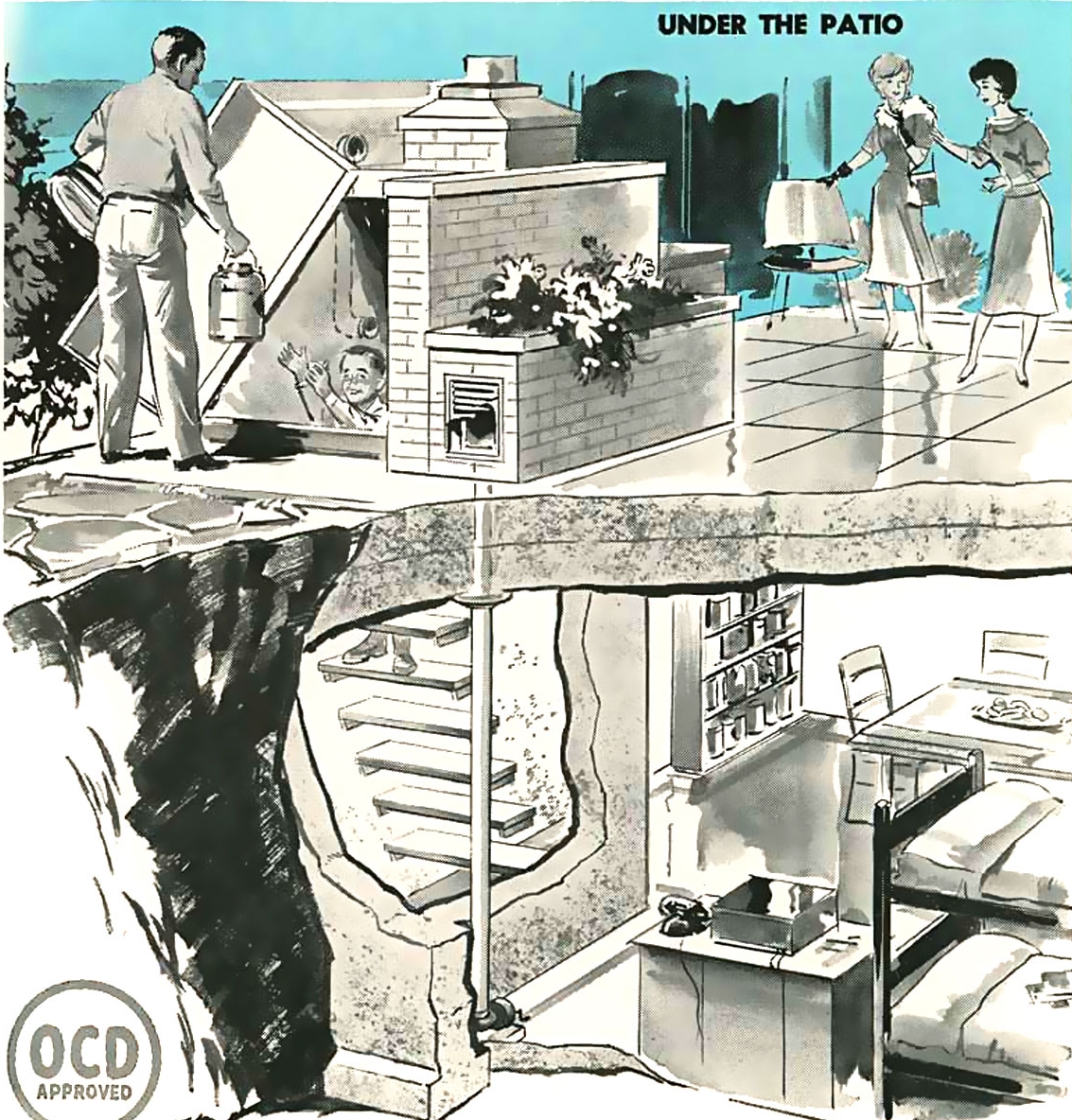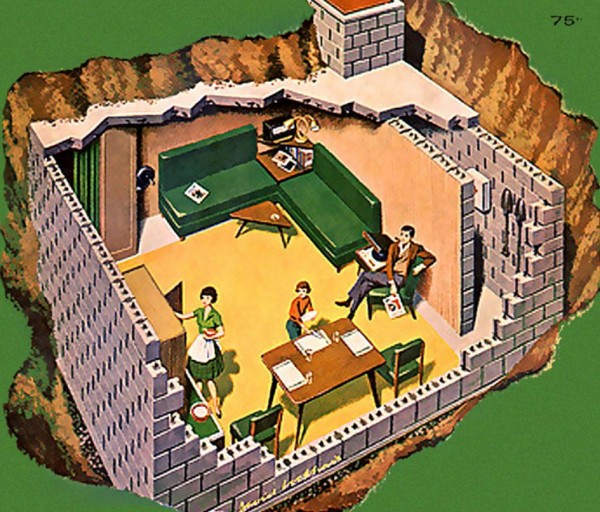

By getting into a shelter quickly, you can avoid the lethal fallout levels immediately after the blast.

Instead, the purpose of a fallout shelter is to protect you from the radioactive particles falling from the sky. It is not meant to help you survive the destruction from a nuclear bomb.Įven if you had enough warning to get to a bomb shelter, experts generally agree that a nuclear bomb would vaporize everything within 0.3 miles of Ground Zero. What Are Fallout Shelters?Ĭontrary to what some people think, a fallout shelter is not the same as a bomb shelter. While you hopefully never will need this information, it can’t hurt to know where fallout shelters are located nearby and what to do if a nuclear alert goes off. This “delayed fallout” could cause radioactive particles to fall all over the earth – which is why knowing where a fallout shelter is essential, even if you don’t live near a potential target. Wind and rain can cause fallout to spread far away from the blast site. You’d need to immediately get in a fallout shelter to avoid getting poisoned. The radioactive debris then falls back to the earth, contaminating everything it touches. The fireball would shoot miles into the atmosphere – pulling dirt and debris with it. You can find out more at this site.If a nuclear bomb were to hit, the blast would create a massive fireball which would vaporize everything nearby. Next time you’re in White Sulphur Springs, WV, go by The Greenbrier, and check out a tour of this remnant of days gone by. Today, daily Bunker Tours are offered to registered hotel guests and the general public. government began de-commissioning The Bunker and ended the lease agreement with The Greenbrier in 1995. On May 31, 1992, The Washington Post published an article which exposed the facility. The location of the facility, critical to its effectiveness, remained a secret for more than three decades. The adjacent Mountaineer Room and Governor's Hall were designed as chambers for the US Senate and House of Representatives.ĭuring the 30 years that it was an active facility, communications and other equipment were continually updated, keeping The Bunker at full-operation status. The exhibit hall, used by The Greenbrier for trade shows and meetings, was actually a disguised workstation area for members of Congress complete with hidden, 30-ton blast doors.


 0 kommentar(er)
0 kommentar(er)
